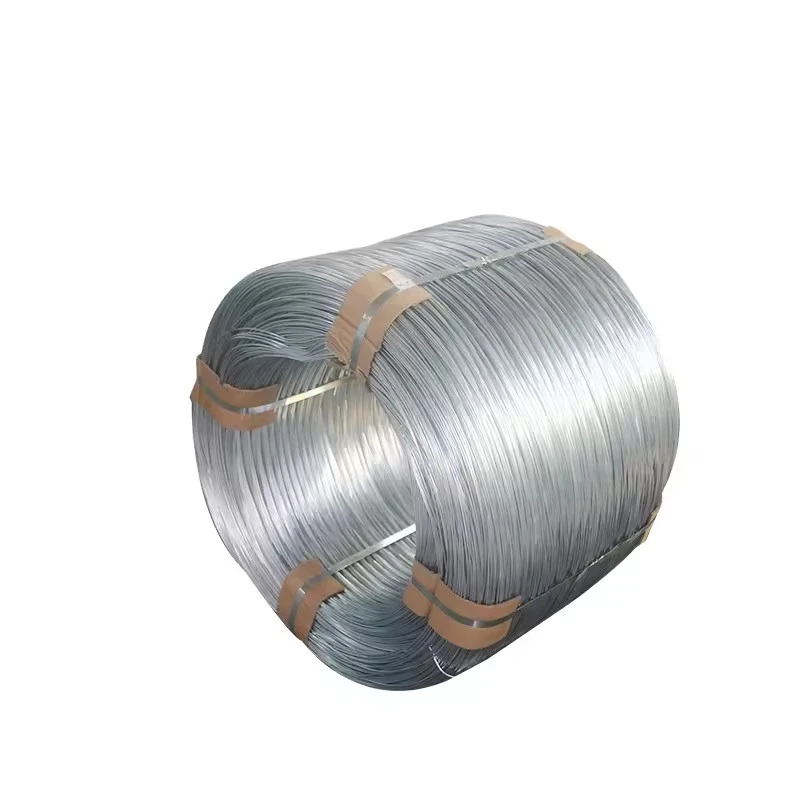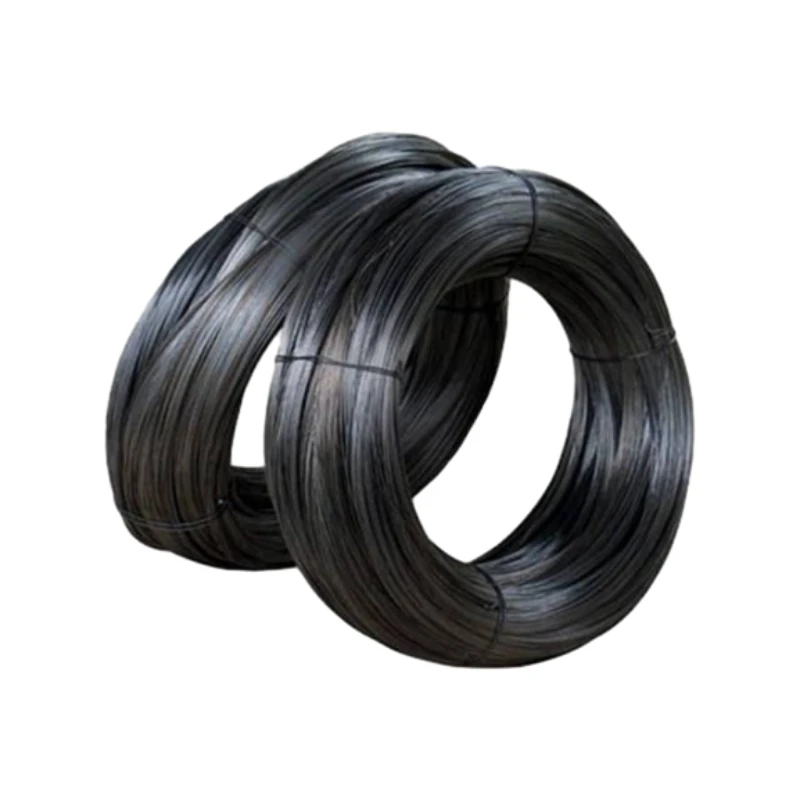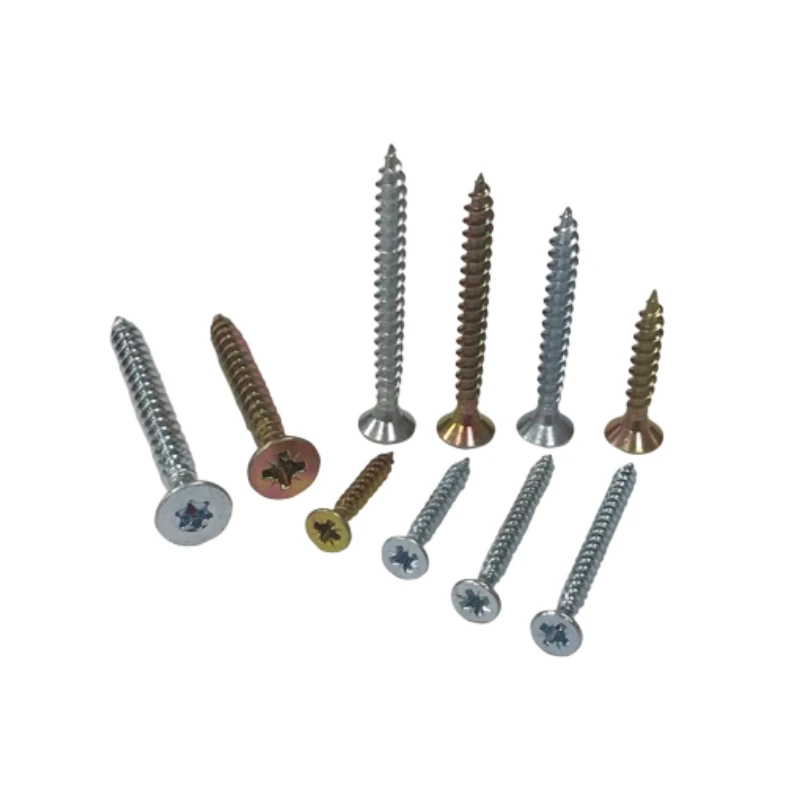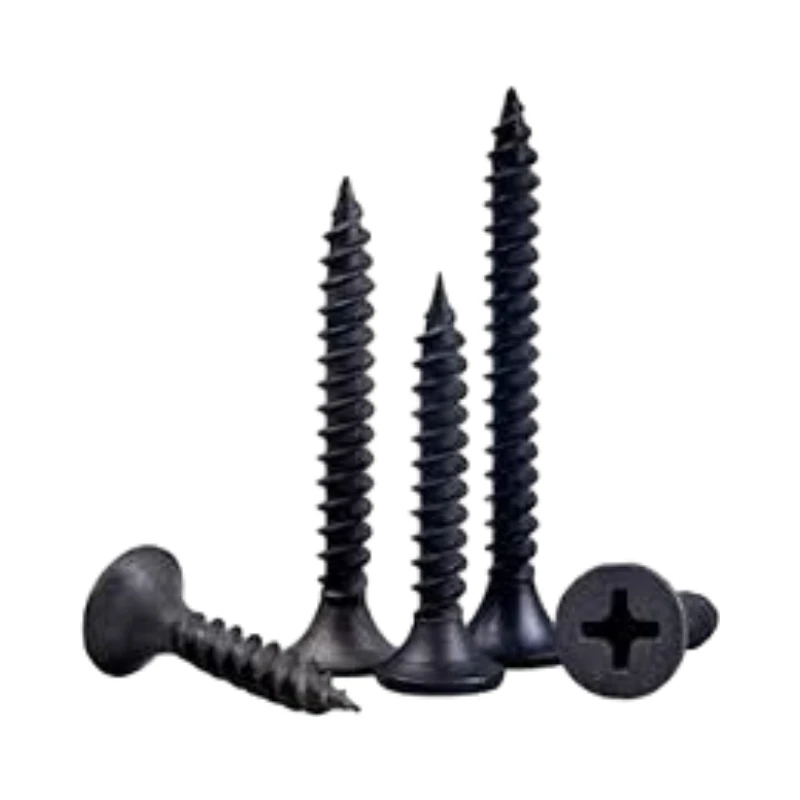
Talk With Us
+86-13601661296
Email Address
admin@sxjbradnail.comCommon Types of Nails: Durable, Versatile, Fast Shipping
Field Notes on Common Types Of Nails: what actually works on site
If you spend enough time around framing crews (guilty), you learn fast that not all nails are equal. The umbrella term Common Types Of Nails covers a lot: smooth-shank “commons,” ring-shank for extra grip, screw-shank for pull-out resistance, and specialty pieces like duplex form nails. Today I’m zeroing in on a workhorse I’ve used and seen everywhere—Heavy-Duty Common Nails—for the jobs where reliability matters more than fancy jargon.
Quick context: the model I’ve been studying is the Heavy-Duty Common Nails For All-Purpose line, produced in Lixinzhuang Industrial, Dingzhou, Hebei, China—a region that, to be honest, quietly supplies half the planet’s fasteners. Trends? More hot-dip galvanizing for coastal builds, tighter tolerance control (ASTM F1667 compliance is almost a given now), and faster factory lead times as mills integrate wire drawing in-house. Surprisingly, even pallet shops are asking for traceable billets and salt-spray data these days.

Product snapshot: Heavy-Duty Common Nails For All-Purpose
Engineered for framing, subfloor, and crate work, these sturdy commons sit in that sweet spot of driveability and holding power. Many customers say they “just sink cleanly,” which I guess is the best compliment a nail can get.
| Spec | Details (≈ real-world values) |
|---|---|
| Material | Low-carbon steel wire rod (Q195/Q235), drawn and trimmed |
| Diameter & Lengths | Ø 2.0–6.0 mm; 1"–6" (25–150 mm) |
| Shank / Head | Smooth shank; flat/checkered head; diamond point |
| Coatings | Bright, electro-galv (5–15 μm), hot-dip galv (HDG 40–80 μm) |
| Tensile / Hardness | ≈ 370–550 MPa; ≈ 120–200 HV (process-dependent) |
| Service life | ≈ 5–20 years (environment + coating) |
| Standards | ASTM F1667; coatings per ASTM A153/ISO 1461 or EN 10244 (EG) |
Where they work best
- Wood framing, sheathing, subfloors (SPF, Hem-Fir)
- Pallets and crating lines (automated nailing tables)
- Temporary formwork and site bracing
- Fencing and light outdoor structures (HDG recommended)
Common Types Of Nails are often judged by pull-out and shear. In lab checks I’ve seen: withdrawal in SPF 2x stock ≈ 350–750 N (varies by diameter and penetration), and 240–500 h salt-spray (ASTM B117) depending on coating. Real-world use may vary—wet service is a different beast.
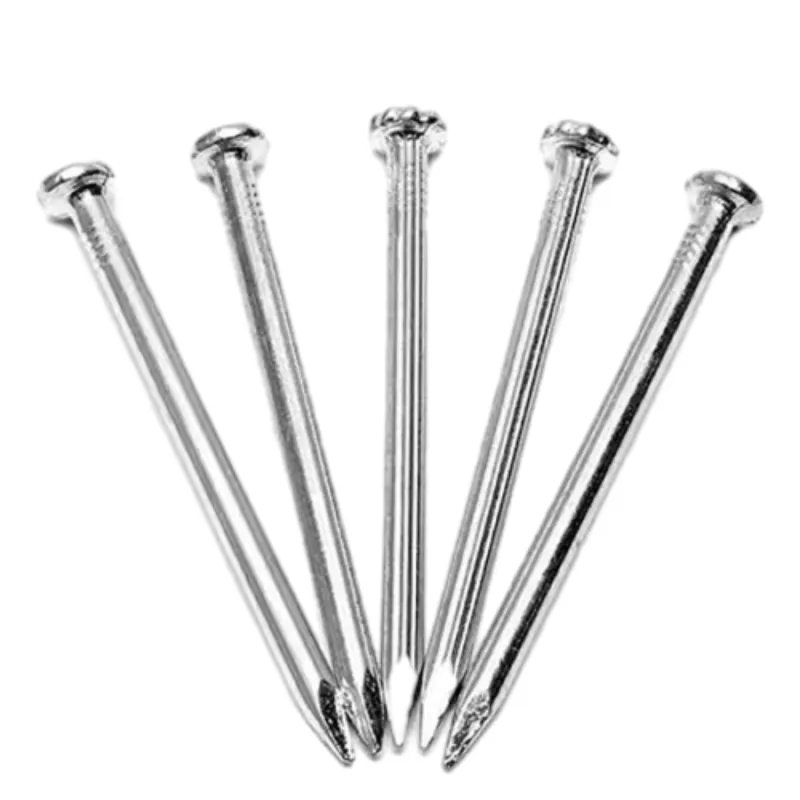
How they’re made (quick flow)
- Wire rod selection and pickling/descaling
- Wire drawing to target gauge; optional anneal for ductility
- Cold heading (head), shank forming, diamond point cut
- Deburr + surface prep; coating: EG or HDG
- Inspection: dimensions, bend test (≥ 90° no crack per F1667), coating thickness
- Packing: 1/5/25 kg cartons; palletized with traceable lot codes
Vendor snapshot (what buyers usually compare)
| Vendor | Steel / Coating | Salt-spray (≈) | Lead time | Certs | Price index |
|---|---|---|---|---|---|
| SXJ Heavy-Duty (Hebei) | Q195/Q235; EG/HDG 40–80 μm | EG 72–120 h; HDG 240–480 h | 2–4 weeks | ISO 9001; RoHS coating | $ (cost-efficient) |
| Regional Mill B | Low-carbon; EG only | 48–96 h | 3–6 weeks | ISO 9001 | $$ |
| Generic Import A | Mixed lots; bright/EG | 24–72 h | 4–8 weeks | — | $ (but variable) |
Customization and QC
Options: custom lengths, checkered heads for better set, ring/screw shanks, HDG thickness targets, head-stamp branding, retail boxes. Testing includes coating thickness (magnetic gauge), bend test, dimensional sampling per lot, and withdrawal checks (ASTM D1761 methods used by some buyers). Frankly, the consistent head-to-point concentricity is what carpenters notice first—less wandering and fewer bent nails.
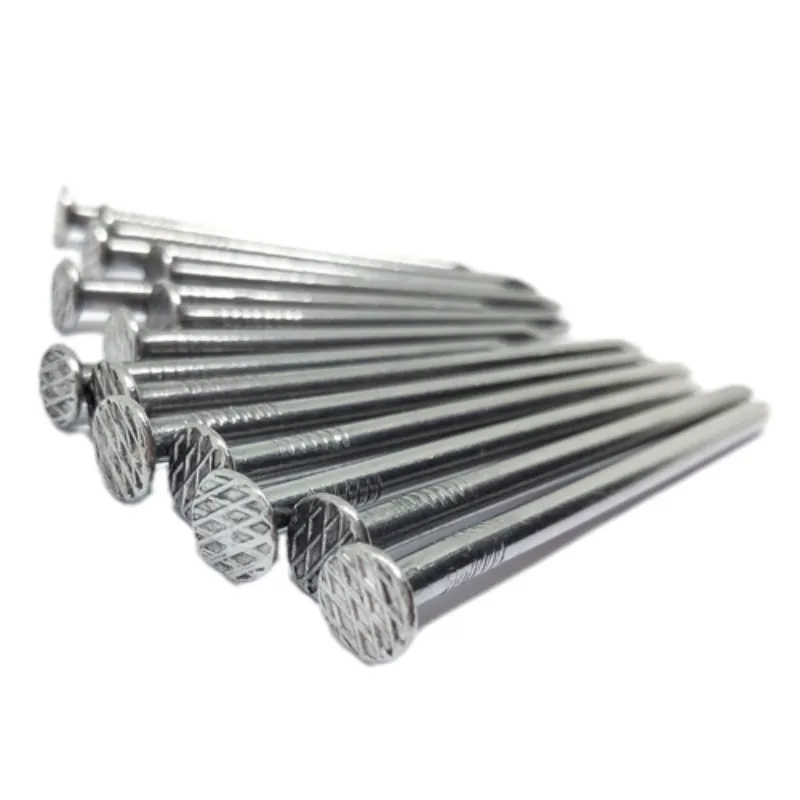
Mini case notes
- Prefab wall shop (Midwest): switched to HDG commons; report ≈15% faster driving on pneumatic lines and fewer jams.
- Pallet plant: moved from bright to EG; breakage down visibly, and 96 h salt-spray passed with no red rust.
- Coastal deck crew: HDG 80 μm held up two rainy seasons; no head popping—installer feedback was “predictable bite.”
Bottom line: for most jobs under the Common Types Of Nails banner, a well-made heavy-duty common nail with the right coating is still the reliable, economical choice. Not glamorous—just gets the work done.
Authoritative citations
- ASTM F1667 – Standard Specification for Driven Fasteners: Nails, Spikes, and Staples.
- ASTM A153 / ISO 1461 – Hot-Dip Zinc Coatings on Iron and Steel Hardware.
- ASTM B117 – Standard Practice for Operating Salt Spray (Fog) Apparatus.
- EN 10244-2 – Steel wire and wire products: Non-ferrous metallic coatings (Electro-galvanizing).
- ASTM D1761 – Mechanical Fasteners in Wood (withdrawal and lateral load methods).
-
2 Inch Brad Nails - Precision Fastening for Woodworking & ConstructionNewsNov.24,2025
-
Affordable Quality: Understanding Cheap Brad Nails and Their Global ImpactNewsNov.24,2025
-
Type F Brad Nails: Precision Fasteners for Quality Craftsmanship & IndustryNewsNov.23,2025
-
High-Quality Type 47 Brad Nails for Precision & Durability | SXJ IndustrialNewsNov.23,2025
-
T47 Nail: The Ultimate Guide to Industrial and Construction ApplicationsNewsNov.22,2025
-
Everything You Need to Know About T Head Brad Nails | Global Fastening SolutionsNewsNov.22,2025

